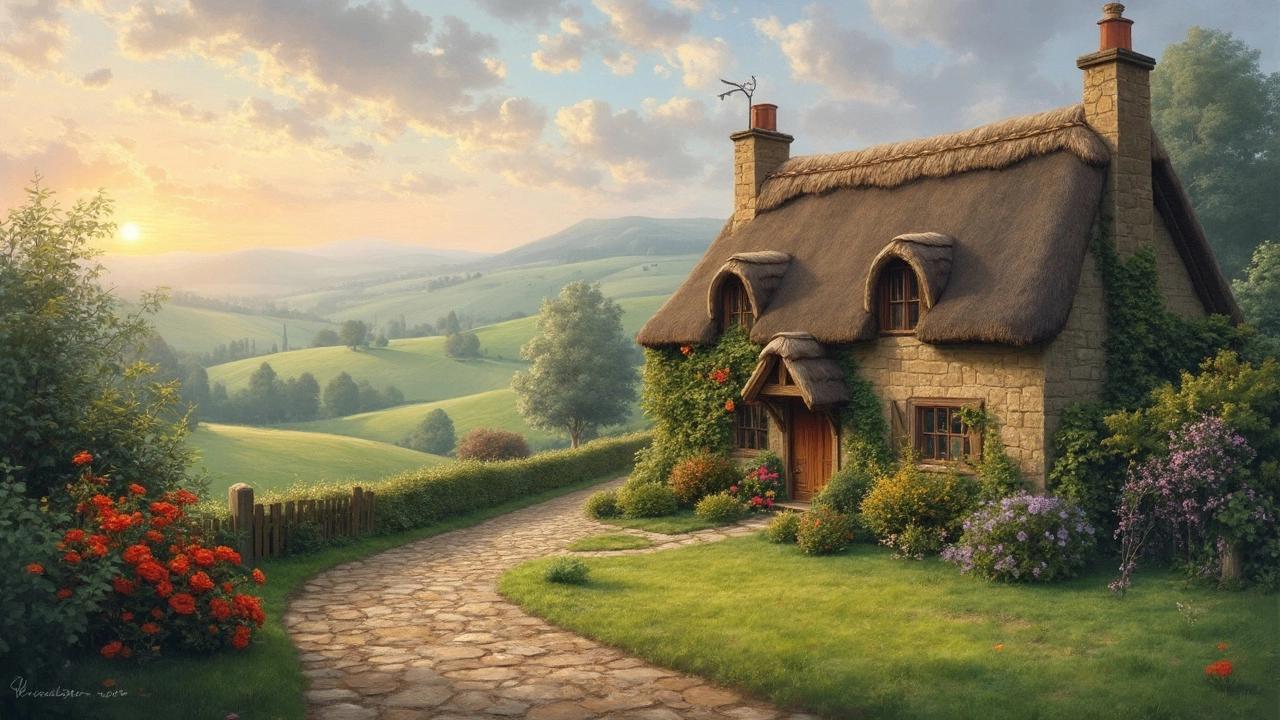
Cottage Home: Your Simple Guide to Finding the Perfect Stay
If you’ve ever dreamed of a snug stone house with a thatched roof, a fire‑pit, and a view of loch waters, you’re thinking of a cottage home. It’s not just a rental; it’s a slice of local life wrapped in comfort. Below you’ll get the basics you need to spot a real cottage, book it without hassle, and enjoy every minute of your stay.
What Really Defines a Cottage?
There’s a lot of talk about “cottage‑style” apartments or big villas that call themselves cottages. The real deal usually follows a few simple rules:
- Size: Most cottages sit between one and three bedrooms. They feel intimate, not sprawling.
- Architecture: Traditional stone walls, timber beams, low‑profile roofs, and sometimes a thatch or slate covering.
- Location: You’ll find them in countryside settings, village lanes, or on the edge of a loch. Look for properties that blend into the landscape rather than dominate it.
- Features: A fireplace, a small garden, maybe a loft or attic bedroom. Modern updates like Wi‑Fi are common, but the charm stays rustic.
When a listing mentions “country house” or “holiday home,” double‑check the photos and description. Does it have the classic stone or timber look? Does it sit on a modest plot? Those clues tell you if it’s a true cottage home.
How to Book and Make the Most of Your Cottage Holiday
Booking a cottage can feel different from reserving a hotel, but it’s actually straightforward if you follow a few steps.
1. Use the right sites. Look for platforms that specialize in cottages – think local tourism boards, National Trust listings, or dedicated cottage rental sites. These sites usually verify the property’s authenticity.
2. Check the amenities. Make a quick list of must‑haves: heating, kitchen equipment, linens, and parking. Some cottages charge extra for utilities, so ask ahead.
3. Read the fine print. Cancellation policies, minimum stay requirements and pet rules are often hidden in the details. Knowing these before you book saves surprise fees later.
4. Communicate with the host. A friendly host will answer questions about local attractions, grocery stores, and the best spots for a sunrise walk. Building that rapport can also lead to insider tips on hidden trails or secret cafés.
5. Plan activities around the cottage. Whether you’re into hiking around Loch Ness, fishing, or simply soaking up the view from a garden bench, map out a loose itinerary. Remember, the cottage itself is part of the experience – evenings by the fire are just as memorable as daytime adventures.
Finally, treat the cottage with care. Keep it tidy, follow any house rules, and leave a note for the next guests. A little respect goes a long way and often earns you a better review, making future bookings smoother.
With these basics, you’re ready to find a cottage home that feels like a personal retreat. Pack your favorite sweater, plan a few walks, and get ready to enjoy the simple pleasure of staying in a true Scottish cottage.
